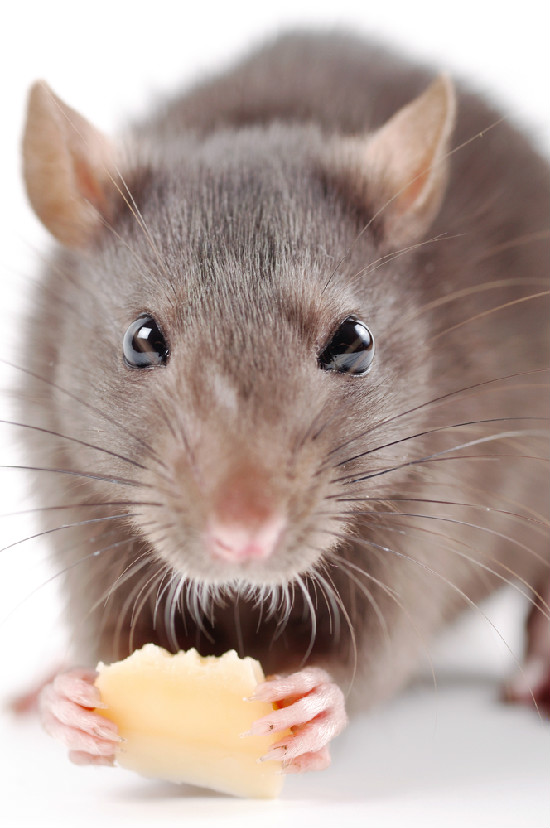Rats Destroy Island Ecosystems

They’re bad enough scurrying under your floors, but when rats are introduced to islands, they can wreak havoc on the native wildlife. Non-native rats on islands are known to go after local seabirds, whose ground-level nests provide easy prey, devastating the avian populations. A new study detailed in the Feb. 25 issue of the journal Proceedings of the National Academy of Sciences shows that damage wrought by island rats goes beyond the seabird colonies to coastal waters. Study leader Carolyn Kurle, a graduate student at the University of California, Santa Cruz, spent three summers on 32 islands in the Aleutian Archipelago, a group of islands that run westward from the Alaskan Peninsula in the North Pacific Ocean. Seventeen of the islands were infested with rats, while 15 were rat-free. The differences were dramatic, Kurle said. "When you're on an island with rats, there are so few birds it's silent, in contrast to the cacophony on the islands without rats," she said. Kurle and her fellow researchers found large numbers of dead birds on rat-infested islands, and few birds managed to successfully breed there. Some of the affected birds, such as sea gulls and oystercatchers, are major predators of invertebrates in the intertidal zone, the area along the coast that is exposed to the air at low tide but is underwater at high tide. With the birds gone, snails, limpets and other grazers proliferate and eat up all the seaweed in the area, almost stripping the shore bare and throwing off the balance of the coastal ecosystem. The opposite was true where birds were present. "Where there are no rats, we found plenty of birds, fewer invertebrates and a lot more algal cover, Kurle said. Another recent study by the group, detailed in the February issue of the journal Conservation Biology, reviewed over 90 studies from around the world showed that rats have preyed on 75 species of seabirds on islands around the world. The research has spurred an effort to eradicate rats on islands they've infested. These efforts have already been successful on islands off the coast of Mexico and on Anacapa Island off the coast of Southern California. Up next is the appropriately named Rat Island in the Aleutian chain.
Get the world’s most fascinating discoveries delivered straight to your inbox.

Andrea Thompson is an associate editor at Scientific American, where she covers sustainability, energy and the environment. Prior to that, she was a senior writer covering climate science at Climate Central and a reporter and editor at Live Science, where she primarily covered Earth science and the environment. She holds a graduate degree in science health and environmental reporting from New York University, as well as a bachelor of science and and masters of science in atmospheric chemistry from the Georgia Institute of Technology.


